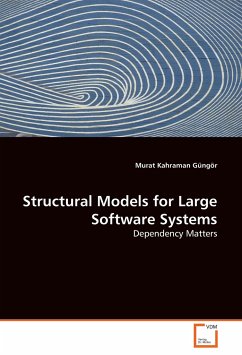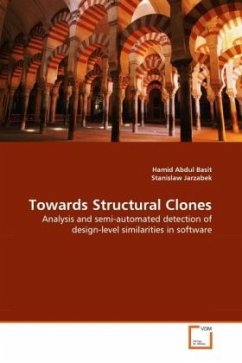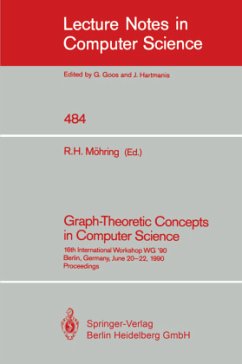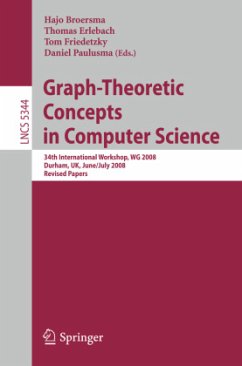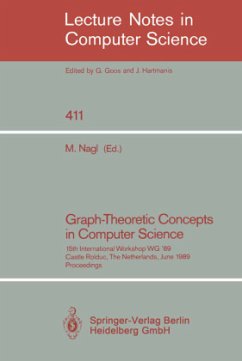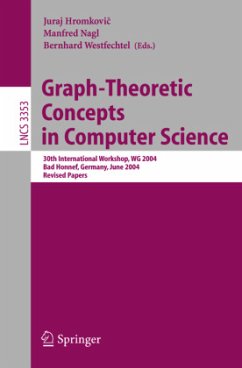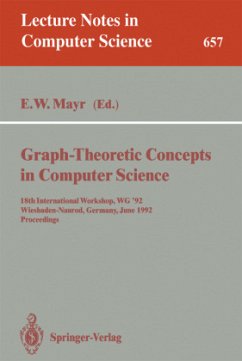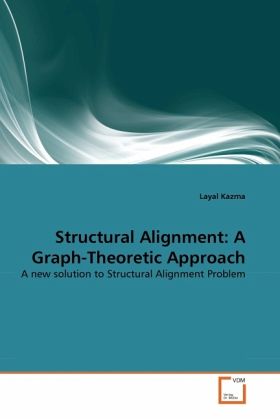
Structural Alignment: A Graph-Theoretic Approach
A new solution to Structural Alignment Problem
Versandkostenfrei!
Versandfertig in 6-10 Tagen
32,99 €
inkl. MwSt.

PAYBACK Punkte
16 °P sammeln!
Structural alignment is the process of finding similarities between a pair of proteins based on their three-dimensional shape. Accurate detection of such similarities could reveal evolutionary relationships and predict the functions of different proteins. Despite the existing algorithms, the protein structure alignment problem is not completely solved. In this work a graph-theoretic approach is considered, which consists of representing tertiary protein structures as labeled graphs, and interpreting the structural alignment problem as a particular case of the Maximum Common Subgraph (MCS) prob...
Structural alignment is the process of finding similarities between a pair of proteins based on their three-dimensional shape. Accurate detection of such similarities could reveal evolutionary relationships and predict the functions of different proteins. Despite the existing algorithms, the protein structure alignment problem is not completely solved. In this work a graph-theoretic approach is considered, which consists of representing tertiary protein structures as labeled graphs, and interpreting the structural alignment problem as a particular case of the Maximum Common Subgraph (MCS) problem. Our algorithm was then implemented under parallel platforms using a combination of threads and message passing techniques. Experiments were performed on a set of proteins selected randomly from the Protein Data Bank. The experiments proved the time- efficiency and accuracy of our method when compared to several other algorithms.




